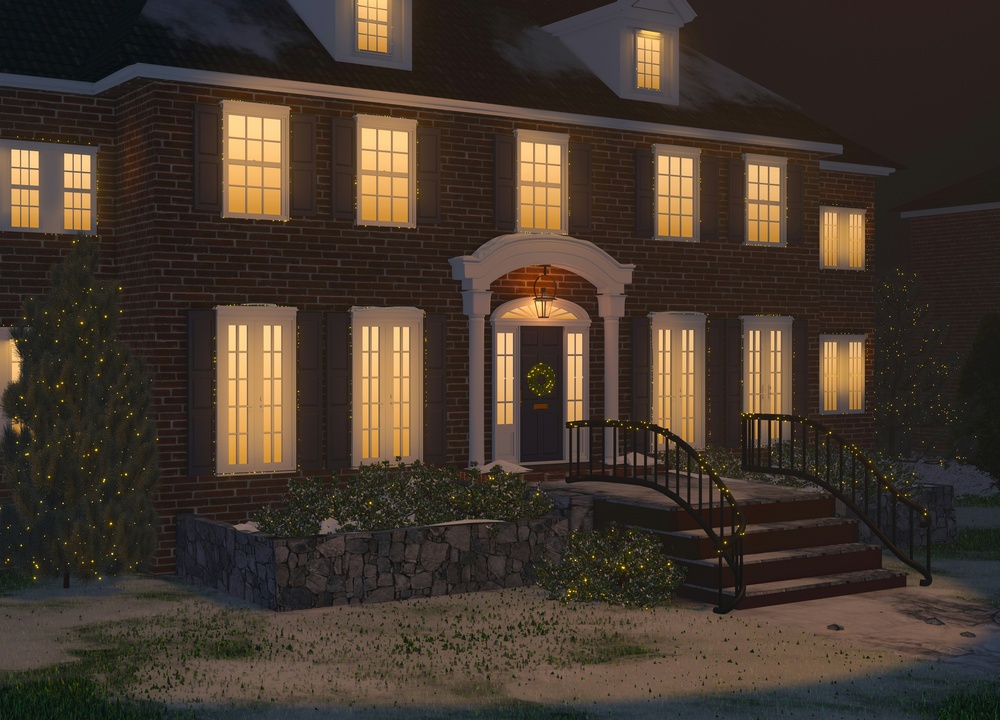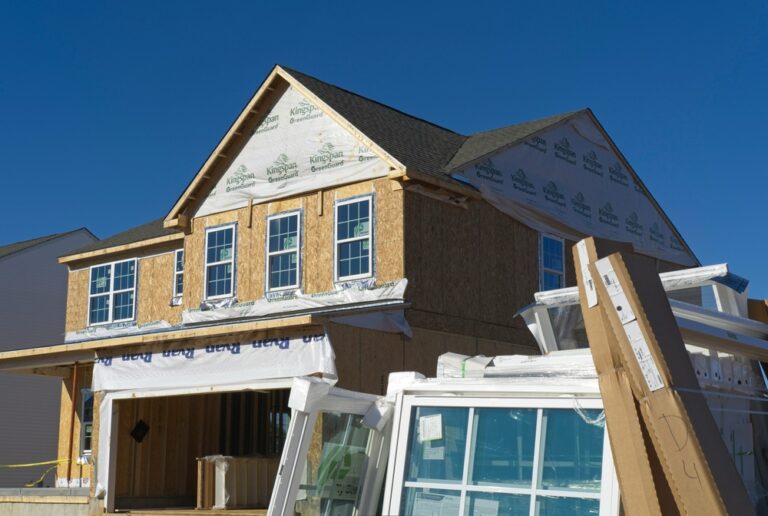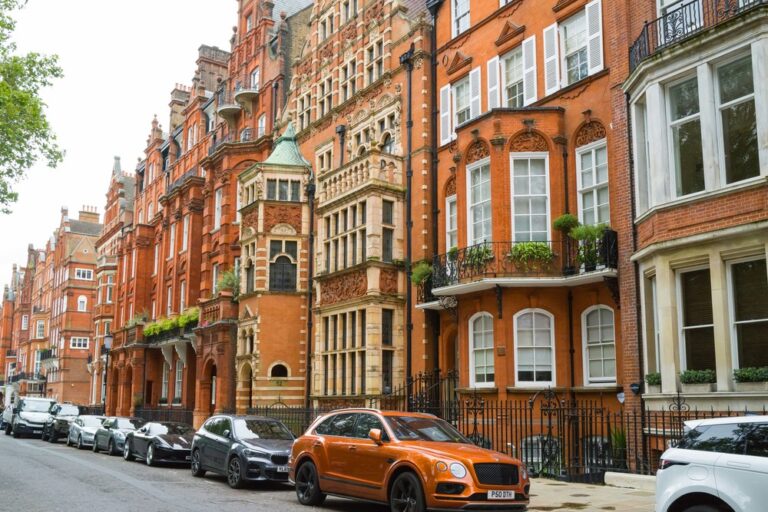
Let’s be real: buying a home in a high-cost city can feel a bit like trying to win the lottery. Prices are sky-high, bidding wars are the norm, and the whole process feels out of reach for a lot of people. If you’re living in a place like San Francisco, New York, or Los Angeles, you might be wondering if you’ll ever get a key to your own front door.
But before you give up and resign yourself to renting forever, hear this, owning a home in an expensive city is still possible. You just need the right plan. Budgeting smartly, thinking creatively, and using the right tools can actually bring your dream home closer than you think.
Start with What You Can Actually Afford
You know what’s easy? Falling in love with a home that’s way outside your budget. It happens all the time, you see the perfect apartment or townhouse, and suddenly, you’re mentally moving in. But heartbreak comes quick when you realize the monthly payment is more than your take-home pay.
Instead of shopping based on what you wish you could afford, start by figuring out what you can comfortably spend each month. What’s your current rent? How much wiggle room do you have without cutting out your quality of life? Think about your lifestyle, your other expenses, and what you want to still enjoy even after you buy, like travel, dining out, or saving for other goals.
The trick is to define your budget before you start house hunting. That way, your expectations stay grounded, and you’re less likely to waste time (or emotions) on homes that just don’t fit.
Crunch the Numbers Like a Pro
Budgeting for a home isn’t just about the sticker price. It’s about the monthly payment and what goes into it. And let us tell you, it’s more than just the loan.
You’ll need to factor in:
- Principal (the amount you borrowed)
- Interest (what the lender charges you to borrow the money)
- Property taxes
- Homeowners Insurance
- HOA fees (if applicable)
- Maintenance and repairs (yes, that broken water heater will happen someday)
So how do you figure all that out? That’s where tools like a mortgage interest rate calculator come in handy. It lets you plug in the numbers, home price, interest rate, and loan term and gives you a solid estimate of what your monthly payment might look like.
Try running a few different scenarios. See how much of a difference a 1% interest rate change makes. Spoiler: it can be hundreds of dollars per month. Understanding these numbers can help you stay realistic and avoid getting in over your head.
Rethink What “Dream Home” Really Means
Maybe your vision of the dream home is a three-bedroom condo with skyline views, a chef’s kitchen, and a spa bathroom. Hey, we all have our wish lists. But in a high-cost city, you might need to tweak that vision just a little.
And that’s not a bad thing.
Sometimes your dream home isn’t the forever home, it’s the first home. Maybe it’s a smaller space in a great neighborhood or a fixer-upper with good bones. Maybe it’s not in the heart of downtown but in an up-and-coming area with potential.
Think about what really matters to you. Is it walkability? Commute time? Safety? Outdoor space? Prioritize your must-haves and be flexible on the rest. The key here is getting your foot in the door—literally. You can always upgrade later.
Look for Assistance and Get Creative with Financing
Here’s something a lot of people don’t know: there are programs out there designed to help people buy homes in expensive markets. And some of them are surprisingly generous.
Start by checking out local first-time homebuyer programs. Many cities offer grants, forgivable loans, or low-interest financing to people who meet certain income limits. There might be special lending options for teachers, healthcare workers, or public service employees. These programs aren’t always well advertised, so a little digging can go a long way.
Also, consider different mortgage options. FHA loans, VA loans (for veterans), and other government-backed loans often allow lower down payments and more flexible credit requirements. And some lenders offer creative solutions like shared equity, where an investment partner helps you buy in exchange for a portion of the appreciation.
Bottom line? You don’t have to go it alone. There’s help out there.
Build a Timeline and Stick to It
Homeownership in a high-cost city doesn’t have to happen overnight. In fact, it probably won’t. And that’s okay.
The important thing is to start. Create a timeline that includes milestones: maybe three months to boost your credit score, six months to build your down payment fund, nine months to get pre-approved. When you break it down, the process becomes less overwhelming and more achievable.
Set realistic, measurable goals. Automate your savings. Check-in monthly to see your progress. And celebrate the wins, even the small ones. Every step you take brings you closer to that front door.
Think of it like training for a marathon. You wouldn’t run 26 miles on day one, right? But with a plan and consistent effort, you’d get there. The same goes for buying a home.
It’s Closer Than You Think
The housing market in high-cost cities can feel brutal, no doubt about it. But don’t count yourself out just yet. With some strategy, a bit of flexibility, and the right mindset, that dream home you keep picturing might be closer than it seems.
Start with what you can afford, run the numbers honestly, and be willing to adjust your vision. Explore the help that’s out there. And most importantly, give yourself grace and time.
Because homeownership isn’t just for the super-rich. It’s for planners, dreamers, and doers. And if that sounds like you? Then yeah, you’re closer than you think.



